Which toll lane? Your guide to driving on French toll roads
19 August, 2025
Camping booked? Check. Car ready? Check. Your camping holiday in France is almost ready to begin – but don’t forget to familiarise yourself with the toll system first! Which toll lanes should you take? How does payment work? And are there any handy tips for driving through smoothly? A great camping holiday starts with good preparation. In this blog, I’ll explain everything you need to know about tolls in France.
Table of contents
In short: which lane? All about toll roads in France
In France, you will encounter the following toll lanes (marked with péage):
- Orange ‘t’: For vehicles with a toll tag (télépéage). This is the fastest option, as you don’t need to stop.
- Green arrow: For cash payments or payments by debit/credit card. Usually longer waiting times.
- White card with CB: For debit or credit card payments only, often quicker than cash payment.
- Blue coins: Cash payments only.
- Red cross: Lane closed.
Planning to pay with a Dutch debit card? Be aware that most toll operators do not accept them. Make sure you have cash and/or a credit card as a backup.
Toll rates vary depending on the vehicle class and the distance travelled:
- Class 1: approx. €0.10 per kilometre (cars).
- Class 2: €0.10 to €0.15 per kilometre (most caravans/motorhomes).
- Class 3: €0.20 to €0.25 per kilometre (large caravans/motorhomes).
- Class 4: €0.30 to €0.35 per kilometre (lorries).
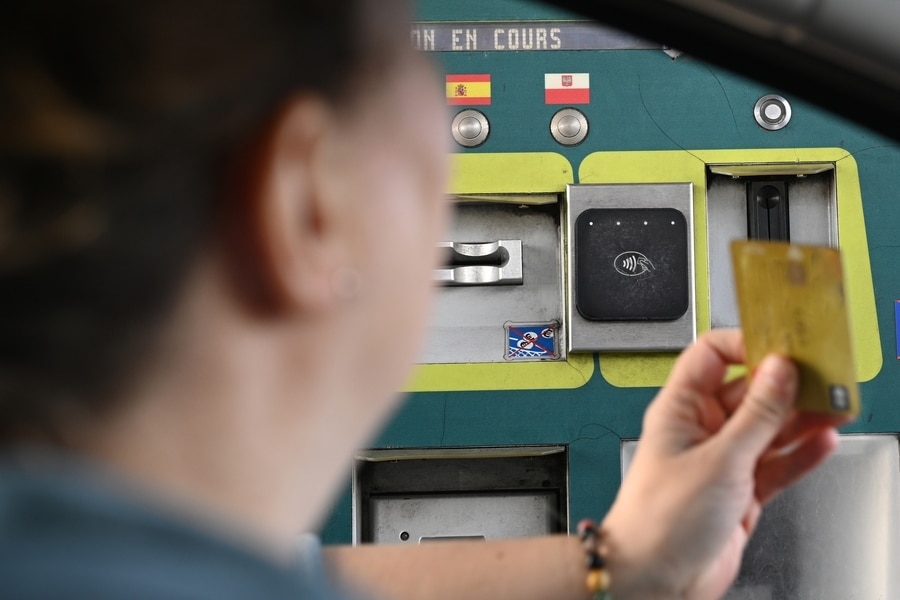
In France, you pay directly for the use of certain motorways, bridges and tunnels.
Why does France have toll roads?
In France, there is no road tax as we know it in the Netherlands. Instead, the costs for the construction and maintenance of many roads are covered by toll charges. As a road user, you therefore pay directly for the use of certain motorways, bridges and tunnels.
Many toll roads are managed by private companies that are responsible for maintenance.
On many secondary roads and in urban areas, you don’t pay tolls – these roads are maintained by the government. This means that in many cases, you can reach your camping destination without paying tolls.
However, keep in mind that this often means (much) longer travel times, which also brings extra fuel costs. Whether taking a toll-free route is worth it is always a personal choice. Make sure to research your route in advance to avoid any surprises.
How to recognise a toll road in France
A French toll road is indicated by the word péage. Around two kilometres before you reach the toll booth, you’ll see signs letting you know you are approaching a toll road. These signs are blue and display the word péage, often together with a (sometimes digital) pictogram of a barrier or a stop sign.
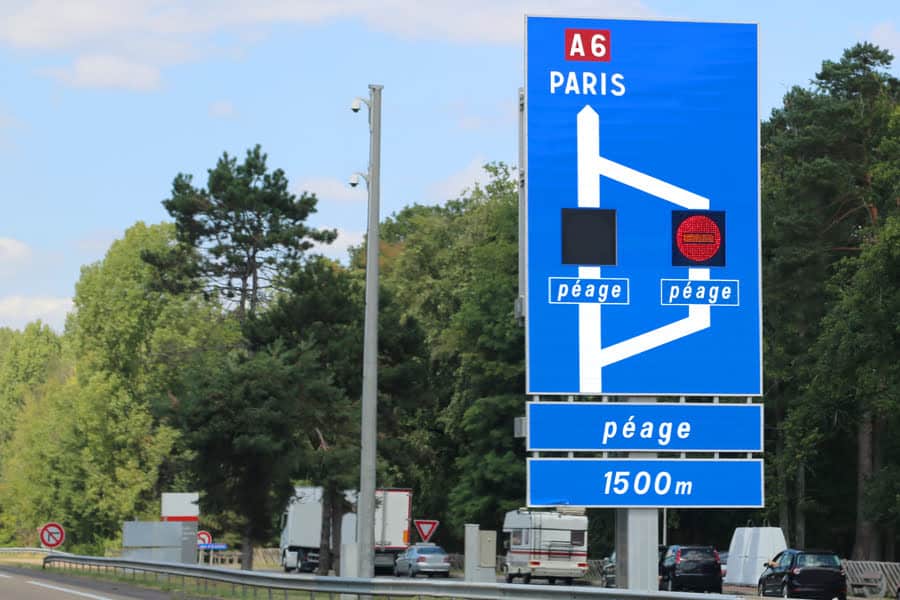
A toll road in France is marked with the word péage.
What are the toll rates?
The toll rate you pay in France depends on the distance travelled on the toll road and your vehicle class. There are five classes:
- Class 1: Cars with a total height up to 2 metres and a weight up to 3.5 tonnes.
- Class 2: Vehicles with a height between 2 and 3 metres.
- Class 3: Vehicles over 3 metres high with 2 axles.
- Class 4: Vehicles over 3 metres high with 3 or more axles.
- Class 5: Motorbikes and trikes.
With a car (Class 1) you can expect to pay an average toll of about €0.10 per kilometre in France. For example, a trip from Paris to Marseille, a distance of 775 kilometres, will cost around €80. With caravans or motorhomes you usually fall into Class 2 and sometimes Class 3, which means higher rates:
- Class 2: €0.10 to €0.15 per kilometre.
- Class 3: €0.20 to €0.25 per kilometre.
Which toll lane?
Driving past a sign with the word péage means toll booths are coming up. Which lane should you choose? That depends on the payment options available at the booths:
- Orange ‘t’: For vehicles with a toll tag (télépéage) only. This is the fastest option, where you don’t need to stop.
- Green arrow: Cash or debit/credit card payments. These lanes often have longer queues.
- White card, often with the letters CB (carte bancaire): Debit or credit card payments only. Usually faster than cash lanes. Be aware that most toll operators do not accept Dutch debit cards. Always carry a credit card and enough cash as backup.
- Blue coins: Cash payments only.
- Red cross: Lane closed.

Common symbols at French toll booths.
With a caravan or motorhome
Travelling with a caravan? You can use any lane, as long as there’s no height restriction. Motorhomes are categorised based on their height and weight, so make sure you choose the correct lane for your motorhome’s height.
Above the toll lanes you’ll often find signs and symbols indicating which type of vehicle the lane is intended for. A sign with ‘3m’, for example, means the lane is intended for vehicles higher than 3 metres.
If there’s no such marking, green arrows generally mean all vehicles are welcome (unless specific symbols, such as a lorry or motorhome, indicate that the lane is reserved for taller vehicles).
What is a toll tag?
I’ve already mentioned the orange ‘t’ lanes: the ‘t’ stands for télépéage, or toll tag. A toll tag is a small device that you attach to your car’s windscreen. It allows you to pay tolls automatically without stopping. This saves time (sometimes a lot in high season), as you don’t have to queue.
How much does a toll tag cost?
A toll tag costs around €3 per month for the months you use it, plus the toll charges for the journeys you make. They are available on several websites.
Is a toll tag linked to your number plate?
Yes, a toll tag is linked to your number plate and bank account. This means it can’t be used with another car, and toll charges are automatically deducted from your account.
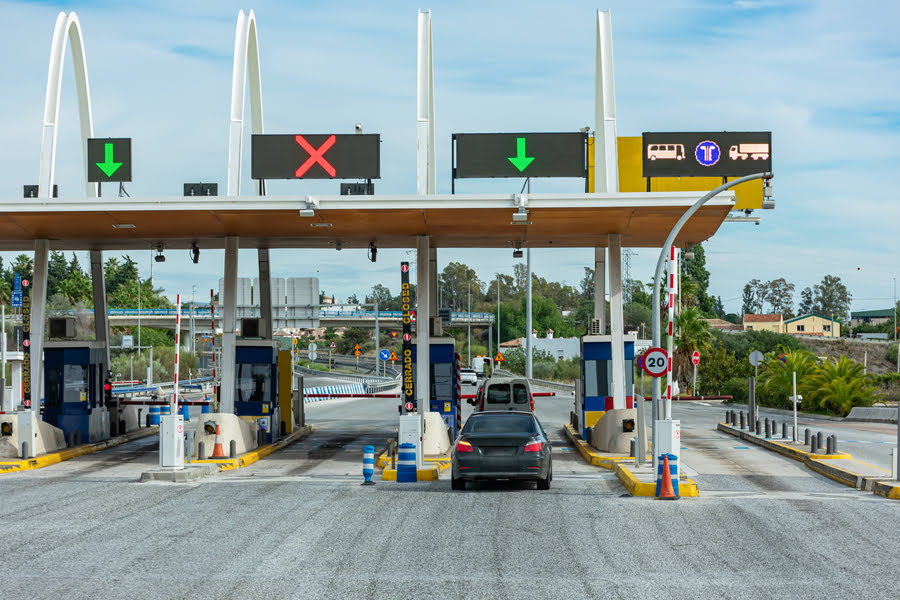
Toll booths: not complicated, but reading up beforehand is still useful.
Are toll booths disappearing?
Yes, toll booths on French motorways are gradually disappearing – welcome news for many campers! You will still need to pay tolls, but soon this will be done via cameras and sensors that scan number plates or register toll tags.
Since June 2024, the A14 between Paris and the A13 has been using this ‘péage en flux libre’ or free flow toll system. Payment can be made in advance online, automatically with a toll tag, or afterwards within 72 hours. Other countries, such as Portugal, Ireland and Italy, are also introducing this system. In the Netherlands, the new Maasdeltatunnel will also operate with a digital toll system.
The new system is being gradually rolled out across France. For now, toll booths can still be found in many places. It seems the days of toll booths are numbered, but until then, the tips above will help you on your way in France.
Warning: scammers active at barrier-free toll roads
Update: 17/06/2025
‘Flux Libre’ – toll roads without barriers – ensures smooth traffic flow on roads such as the A13, A14, A4 and A79. But criminals are now taking advantage of this. They send fake reminders about small outstanding amounts, usually around €6.80. The messages look official, complete with logos from toll operators like Ulys or Vinci Autoroutes.
The scammers send text messages or emails that are almost indistinguishable from the real thing. For those who don’t know exactly which company manages which section of motorway, it can be confusing. Therefore: if you receive a message from an unknown number, don’t click on anything. Official organisations never send payment requests via a direct link. If you want to avoid this completely, get a télépéage toll tag so payments are made automatically.
Do you have any tips about toll roads in France? Share them in the comments!

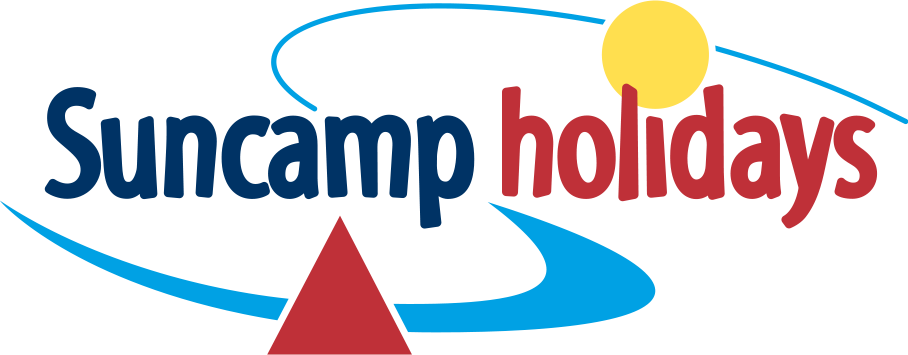

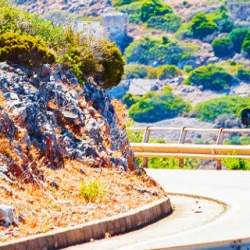
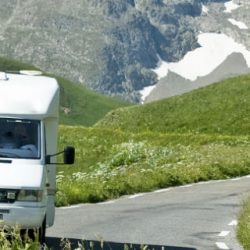
Latest comments